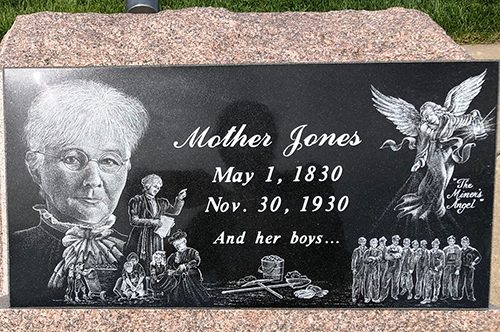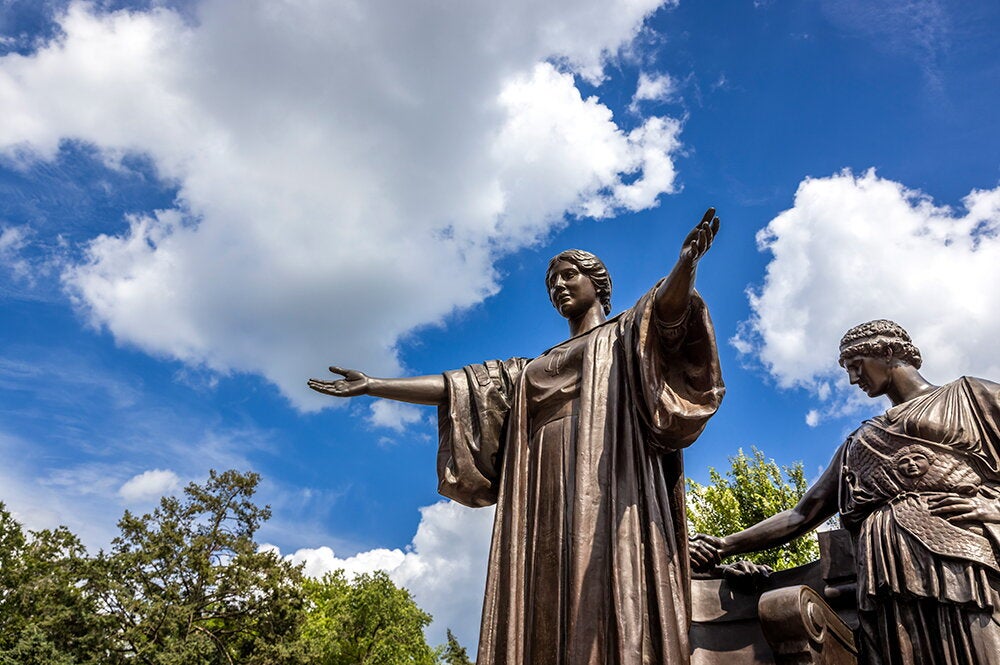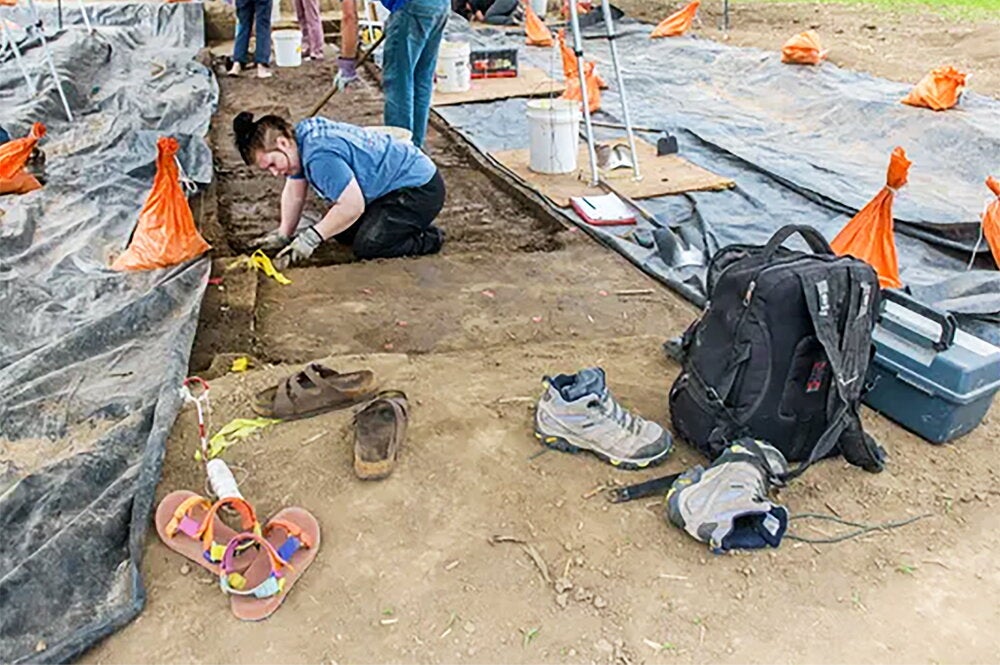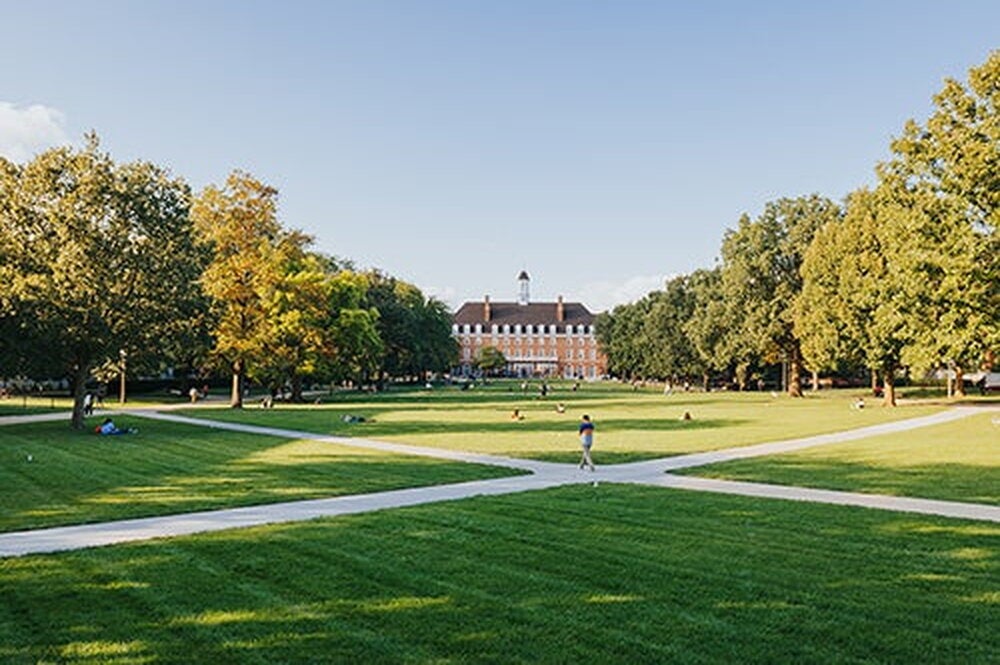

Helaine Silverman, professor of anthropology, is leading a project in downstate Illinois to promote new heritage tourism as well as social and economic development in that region.
The project, titled “The Mythic Mississippi: I-Heritage as Public Engagement and Economic and Social Development”, was awarded funding as part of a U of I initiative earlier this year to increase funding in the arts and humanities. This particular initiative received $180,000.
Silverman has identified a number of downstate communities near the Mississippi River where potential exists to revitalize and, in some cases, create new attractions that bring attention to the region’s heritage and colorful history.
“We hope to help a selection of towns with an interesting history,” Silverman said. “We can help them script their town’s heritage as a way to attract tourists and that will promote economic and social betterment, especially in communities that today are challenged.”
The projects seeks to develop themed tourism trails such as coal heritage, African American heritage, French Colonial heritage, and Mormon heritage. The project organizers hope that these themed trails will motivate tourists to explore downstate Illinois and thus contribute to town economies.
The project co-directors are Paul Kapp, professor of architecture in the College of Fine & Applied Arts, and public historian Devin Hunter, professor of history at U of I-Springfield. Together, the three are blending their knowledge and experience to carry out the project, which will culminate with a national conference in 2021 on heritage and community development and showcase what the project achieved.
They are currently working with various municipal officials, tourism organizations, and chambers of commerce to assess whether the identified communities are willing to be a part of the project and want to collaborate.
Some of the towns — which include Benld, Carlinville, Gillespie, Mt. Olive, Virden, and the state capital in Springfield — have deep ties to coal mining, which Silverman believes could be a focal point of heritage and historical tourism that could also give economic and social boosts to the area.
Gillespie, for example, is about an hour’s drive from Springfield and is home to the Illinois Coal Museum, which already has expressed willingness to partner with Silverman’s group to redesign some of the exhibits.
“It's rustic, so it doesn't look like Krannert Art Museum and it doesn't look like Spurlock,” Silverman said. “But it could be a really good regional museum because it has excellent material for exhibition.”

About 45 minutes southwest of Gillespie, just off Interstate 55, sits Collinsville, a town of about 24,000 people. Inside the community’s limits is the Cahokia Mounds Historic Site, where there was once a massive Native American city before Europeans arrived.
Cahokia was inscribed as a UNESCO World Heritage Site in 1982, making it one of only 23 World Heritage Sites in the United States. Silverman thinks Collinsville should capitalize on that title and deploy Cahokia’s heritage as an asset for the community.
“This was a magnificent civilization, and they've got a great museum,” Silverman said. “They are simply not taking advantage of what should be a major resource, and that could immensely benefit Collinsville,” she said.
Another of the project’s goals is to inspire and empower the young people of these places to take up an interest in the heritage of their communities. Silverman and her team are reaching out to various high schools and plan to host an ethnographic field school that will be open to high school and U of I system students. There will be range of training in the many skills underwriting the project.
Thus, part of the project’s goals is to get kids from downstate Illinois interested in pursuing further education and helping their own communities.
“We want to get them out doing research, the kind of work that we're doing now, and to really study some of these communities in depth,” Silverman said. “Let them tell the story of their family on the web. Let them take out their cell phone and film a little one-minute video about their town, or the abandoned mine and so forth. Students can generate a strong sense of pride in their communities and gain valuable skills.”
The project is dedicated to community outreach and public engagement at multiple levels.
“This is really fulfilling the service mission of the U of I. The academic part is obvious, and the research and teaching are obvious,” she said. “I think the larger contribution from U of I on this project is engaging with downstate communities. We think that we can do a lot of good there. We really do.”


